Dealing with resistance to data-driven working
On April 8, 2021, Infotopics organized the online event ‘From data to decisiveness’ about adopting data-driven work. The main question was: How to ensure that people in your organization are involved in this process, and that the way of working within the organization changes permanently?
‘A data dashboard? Don’t you just have a print it out for me?
It quickly became apparent that this question was on the minds of many participants. One of them openly and aptly outlined what he was up against in his organization.
“We put much energy into the preparation. We made all data transparent and put together a beautiful professional dashboard. Never before have we had that much insight at a glance; our financial director was also very enthusiastic about it. “
What happened when he proudly presented the dashboard to his fellow managers? The first question he got was, ‘Don’t you just have a print it out for me?'”

Of course, that sinks your pioneer pants for a moment. But is it strange that it happens? Or bad? The step from going through a set of printed excel sheets and fathoming the figures together to interactively clicking through to a dashboard that displays everything automatically is a big one. Starting to work in a completely different way and gaining confidence takes time. In the end, it worked out well for this client: “After three sessions, people started asking questions about the content, and good conversations arose based on the data from the dashboard. The insights have already led to substantial savings.”
What do you need when you encounter resistance?
Anyone who embarks on data-driven work must realize that it is a change process. In every change process, you will encounter resistance, which is not strange, and you should not worry about it. (Maybe you should be especially worried if no one digs their heels in because then resistance goes underground.)
The trick is to turn opposing forces into cooperating forces. What do you need to do this? Leadership, trust, and connection.
1. Show leadership
First of all, leadership is essential. Make clear how working with data fits in with the organization’s vision and how it helps achieve the objectives. It must be clear to each employee why you want to take the step ‘from looking back to looking forward’ and what it will yield.
For example, cost savings. Or a better understanding of how all information flows in an organization are connected. Or new opportunities and innovations by tapping into new data sources. The better you can make the added value for the organization’s (future) clear, the greater the chance you will get employees on board.

2.
Ensure that employees gain confidence in the change process
Second, employees must gain confidence in the change process, for example, by noticing that they are being facilitated to take steps, that a budget has been made available for training or that the management is entirely behind it. Everyone is given the time to master new skills and is properly supervised in this regard.
Even more important for confidence is that employees see what the change actually delivers. In the initial phase, this is often impossible or barely possible; after all, you haven’t started the process, and there are no results yet. What do you do then?
Start with a leading group – Let’s start with: what is the right thing to do? The best way to organize resistance is to shout: ‘We are going to roll this out big time, and everyone has to participate! Most change processes initiated in this way fail miserably.
Occasionally, there is no other way. We see the example of this in hospitals, at the Municipal Health Centers, and the healthcare institutions during the Corona crisis. There has never been that much pressure on working with and delivering data. Data-driven work has been introduced in these organizations from one day to the next.
The great advantage of a crisis is that you don’t have to make any effort to convince people of the urgency. But it brings a lot of (extra) workload and stress, leading to many mistakes that you could have prevented if you had been able to prepare for the change process. In other situations, some strategies work better. One with which we have good experiences is working with a leading group of enthusiasts.

With the help of Rogers’ innovation and adoption model, you can distinguish employees in your organization into the following five groups:
- Innovators
- Early entrants (pioneers)
- Early majority (front runners)
- Late majority (laggards)
- Laggards (stragglers)
Share the results, let the oil slick do its job
The former groups are the most open to anything new, and they often dare to experiment with it. Chances are that you will find the most cooperative forces here. These are the people you can invite to join a leader group. For example, a project group with people from different parts of the organization. Preferably multidisciplinary in content and diverse in personality. Or an entirely new team, starting fresh, with new software and being trained in data skills. If necessary, such a team can be supplemented with external experts to show people the ropes and ensure that you can quickly present the first results.
Once the results are there, people will start sharing them. And you will get reactions like: ‘I find this interesting, can I take a look at it? Or: ‘I want this too; can I try it out in my team sometime?’ You go from the innovators via the early adopters to the early majority. In this way, an oil slick can gradually develop, even before you shout it from the rooftops organization-wide.

3. Connect
Should you always start only with innovators and early adopters? Certainly not. What is wise here depends entirely on your goals and your organization. It can also work very well to involve critical or skeptical employees in the change process at an early stage. Perhaps you can’t get off to a flying start you would like. But it gives you the chance to prevent delays further down the line. After all, they are the people who will soon be working with the data every day.
Don’t see their resistance as negative, but as a form of involvement. Make a connection and take the time to start the conversation. Give these employees the chance to ask their questions, express their concerns and – above all – contribute their expertise. If you get them on board, these are often the best ambassadors for the rest of the organization. Moreover, they can help you tackle specific problems at an early stage. And through communication and cooperation with this group, you can learn what does or does not work in the change process. You can use these insights when working with other teams.
See resistance as a commitment!
Every organization is different, and all employees within an organization are also different from each other. You can’t say, “If I meet someone with resistance, you should do this or that.”
Above all, try to look at resistance differently. “Do we have resistance? That’s great, super even!” Because then you know you have engaged people around you and the challenge is to connect on substance.
What does it deliver? A different mindset, a faster turnaround of your program, and a better outcome.
Author: Infotopics Academy
Our amazing partners.
Infotopics | infotopics.nl | THE NETHERLANDS
Infotopics organizes analytical excellence in your business with an integrated focus on People, Processes and Technology. It is our mission to enable organizations, departments and, above all, people to find insights and answer questions based on data. We get data into the hands of the ‘common business user’, the person who will recognise and understand patterns and can relate them back to her domain of expertise.
All of this is possible thanks to a new generation of analytical tools like Tableau, Apps for Tableau and a partner who can help you attain a data-driven culture in your company and get the maximum amount of value from your data. Infotopics is that partner, helping you see your data, understand it so you can act based on decisions that matter. We help you organize for analytical Excellence. We offer an extensive pool of expertise with experienced and certified consultants/trainers. Our Infotopics Academy transfers knowledge and reinforces capabilities in a learning journey on an individual and organizational level.

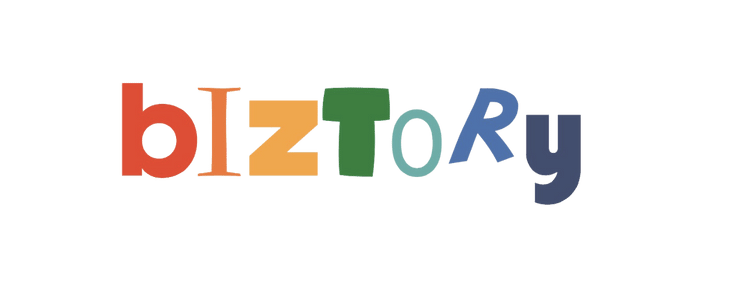
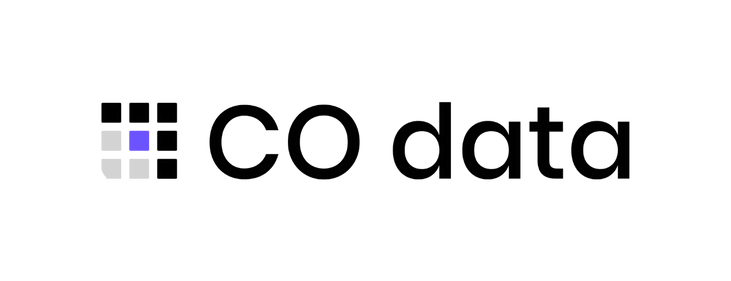
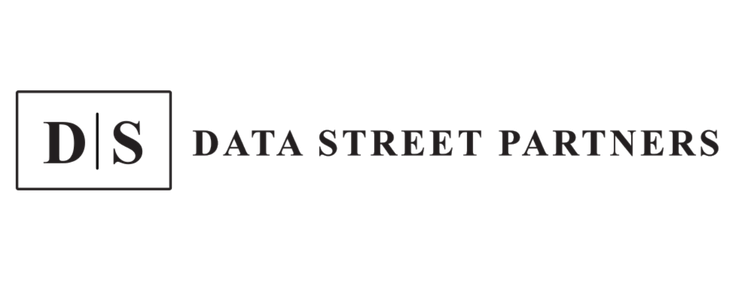
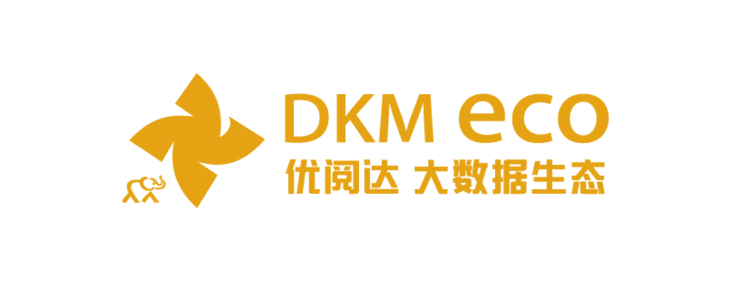
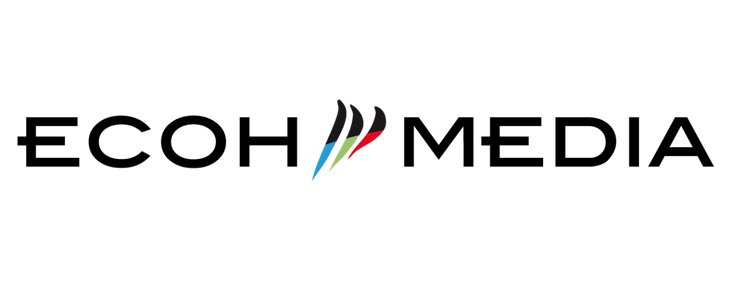
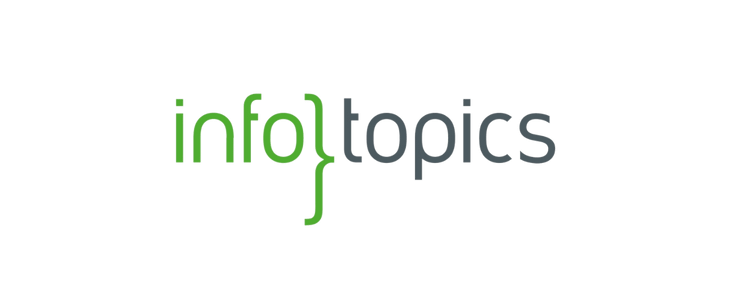

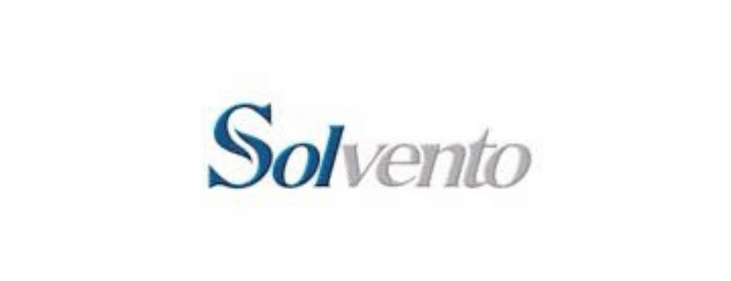


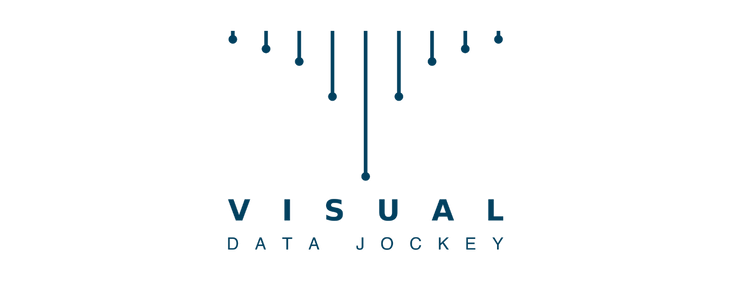
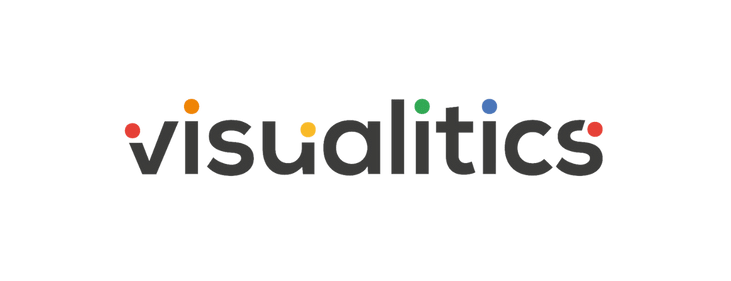
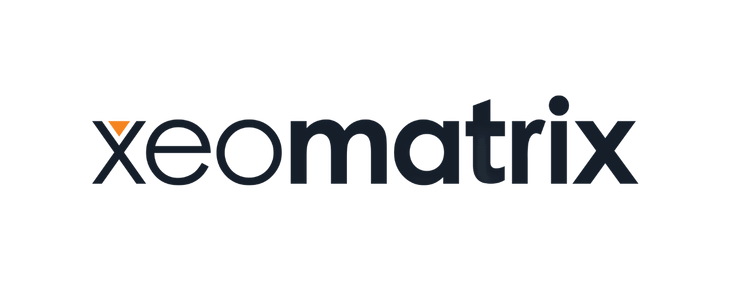
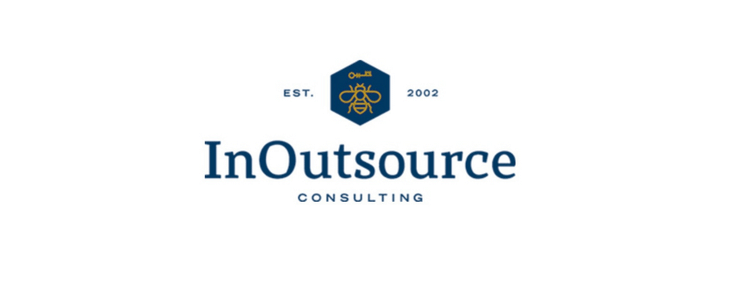
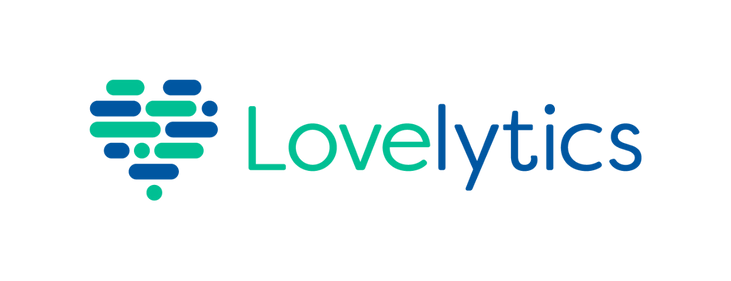
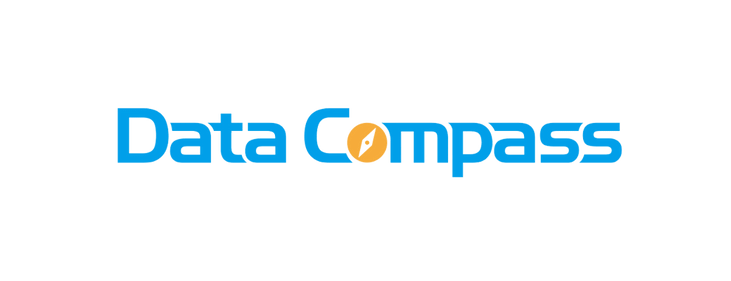

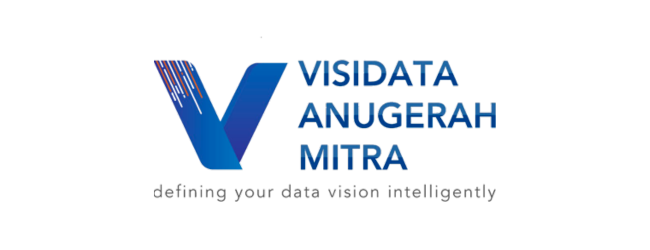
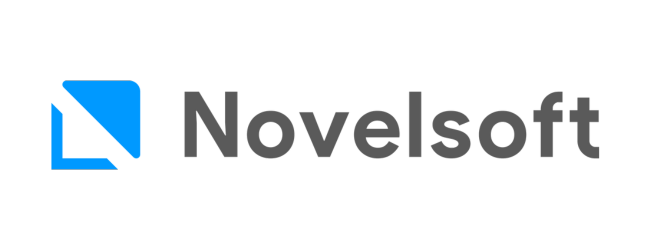
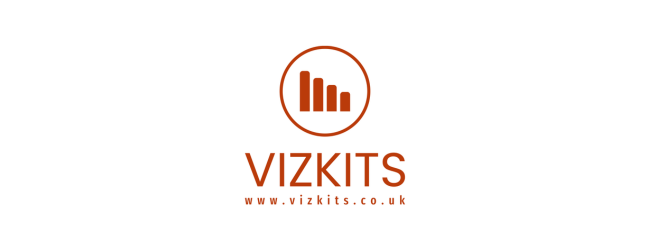
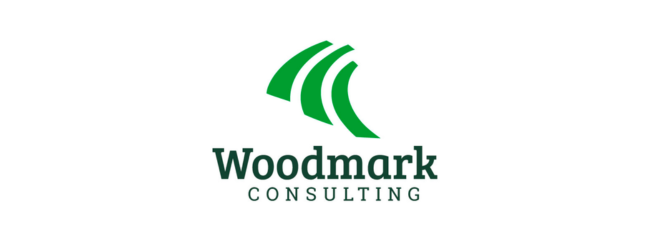
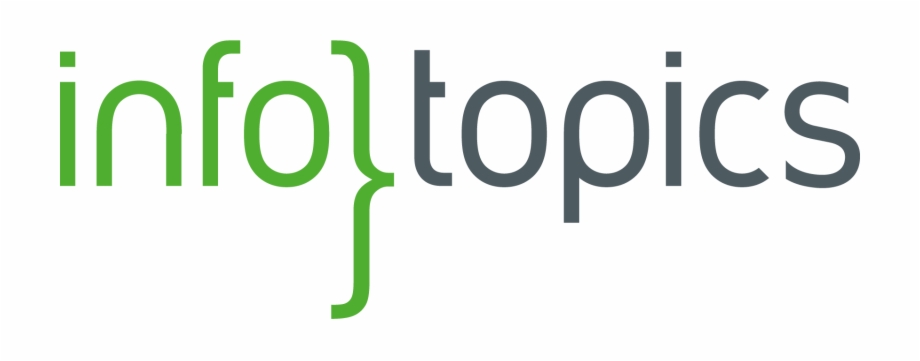
We love to make solutions and help Tableau users to do things more efficiently. If you have feedback, ideas, questions or need support, please share them with us! Also, don’t forget to follow us on social media for our latest news and updates.